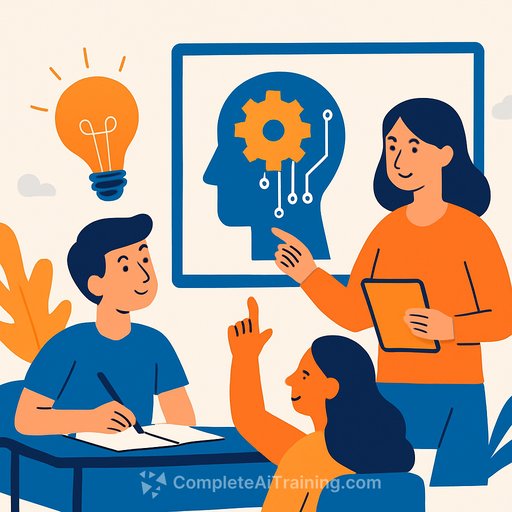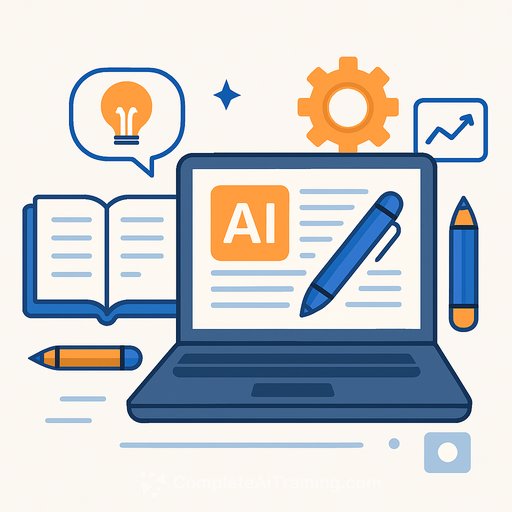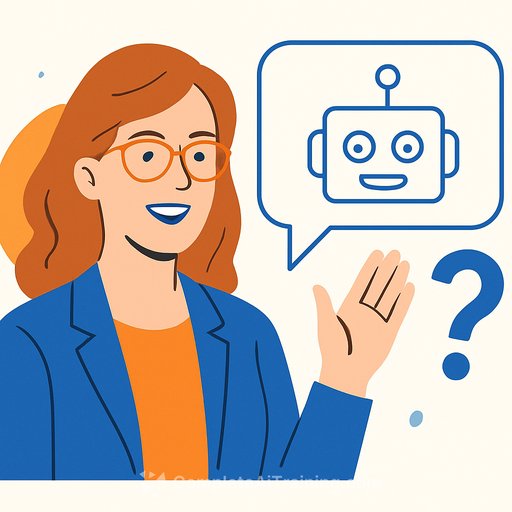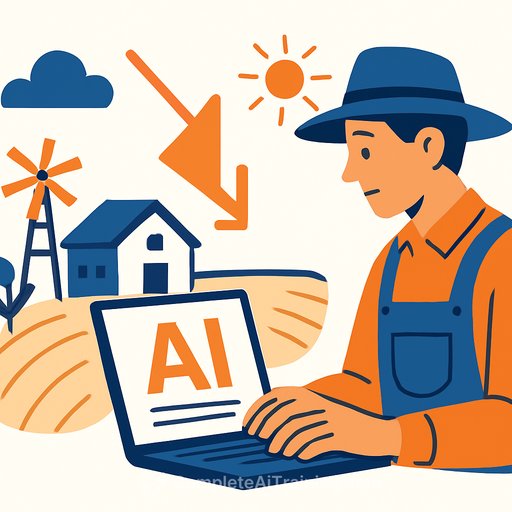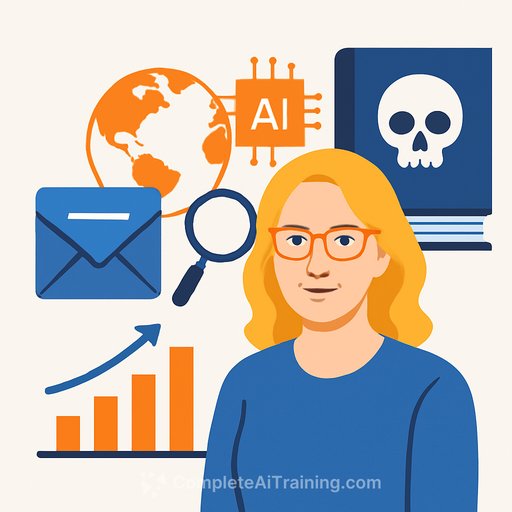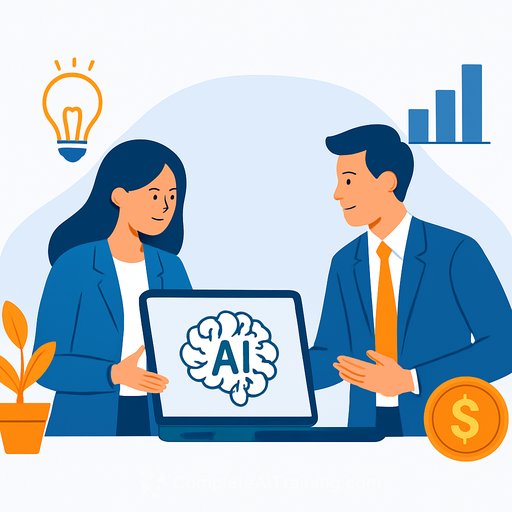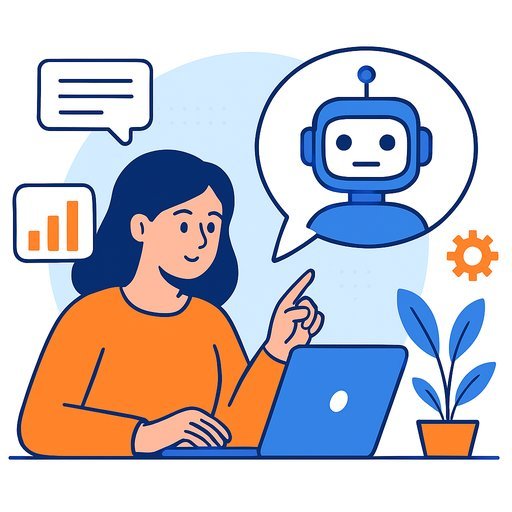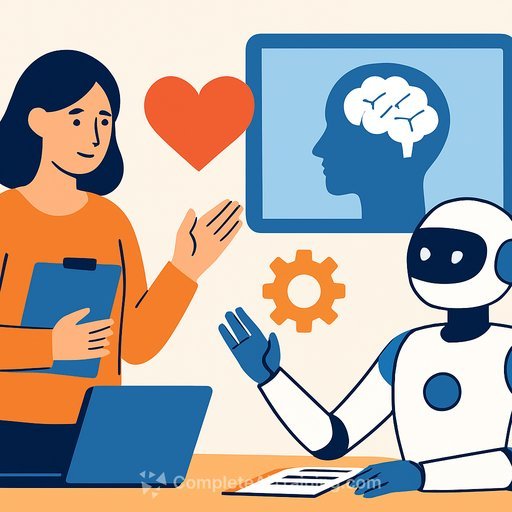A.I. Is Fueling a ‘Poverty of Imagination.’ Here’s How We Can Fix It.
What Bots Are Really Doing in the Classroom
Artificial intelligence has already found its way into educational settings. This raises a critical question: how are colleges, professors, and students adjusting to its presence?
In conversations among educators and writers, there’s growing concern that AI tools like ChatGPT risk creating a “poverty of imagination.” Instead of inspiring original thought, these tools might encourage surface-level understanding, similar to what SparkNotes did for literature summaries years ago.
However, the humanities are responding by exploring new approaches to teaching and learning. This includes reassessing how AI can be integrated without sacrificing critical thinking or creativity.
Voices from the Field
Experts in education and culture emphasize that the challenge is not the AI itself but how it’s used. For example, Tressie McMillan Cottom, a professor and writer, highlights the need for educators to rethink assignments and evaluations to better reflect the capabilities and limitations of AI.
Jessica Grose, an education and culture writer, points out that the presence of AI forces everyone in the classroom to reconsider what it means to learn and demonstrate knowledge. Are we focusing too much on regurgitating information instead of encouraging original analysis?
Practical Steps Forward
- Redesign Assignments: Craft tasks that require personal insight, reflection, or unique perspectives that AI cannot easily replicate.
- Emphasize Process Over Product: Encourage students to share drafts, outlines, and research notes to show their critical engagement.
- Teach AI Literacy: Help students understand AI’s strengths and weaknesses, so they use it as a tool rather than a shortcut.
- Focus on Discussion and Debate: Use classroom time for interaction that AI cannot replace, fostering deeper understanding.
Educators seeking to build skills in AI integration and digital literacy may benefit from exploring specialized courses. These resources can provide practical knowledge on AI tools and their role in education, helping to balance innovation with academic rigor. For example, platforms like Complete AI Training offer courses that cover AI applications relevant to teaching and learning.
Conclusion
The presence of AI in classrooms is inevitable. The key lies in adapting educational practices to ensure that technology supports, rather than diminishes, imagination and critical thinking. By rethinking assignments, emphasizing the learning process, and teaching AI literacy, educators can turn potential challenges into opportunities for deeper engagement.
Your membership also unlocks:

